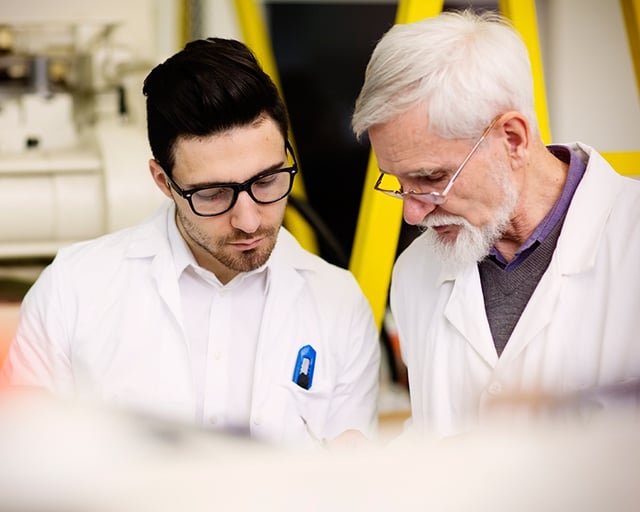On the first day of my very first job as an electrical engineer, I recall sitting with the HR Director going through a stack of employment paperwork ranging from my W4 for tax withholding, to life insurance beneficiary information. Being as I was a fresh college graduate, the Assignment of Work Product agreement that I was asked to sign was somewhat unexpected.
However, it really shouldn’t have come as a surprise. Naturally there was no point in my new employer employing me if I were to retain intellectual property rights to the inventions I created while working for them. At this particular employer, the document was worded such that I would be compensated $1 for all inventions I made. I came to discover at the time that this was a common practice among employers in my region.
It wasn’t until several years later that the compensation part of the Intellectual Property (IP) generation began to increase. Among other industries, companies in my area of engineering - wireless telecom - began placing more emphasis on building healthy portfolios of IP.
The rapid evolution of cellular telephony as a new industry meant opportunities to capture billions of dollars were at stake and it became a common strategy for some companies to build as much IP as they could. They did this partially in the hopes that some of it would be used by competitors either inadvertently or because there was no way around it. In either case, there was money to be made and many wireless telecom companies realized this through their IP strategies.
Along with this came the development of more mature inventor incentive programs, offering rewards substantially larger than $1 to stir the competitive juices of engineers.

The driving factors for inventor incentive programs include the following:
- Foster a general culture of high innovation productivity
- Build a competitive edge
- Increase the number of patent filings
- Increase the value of the company
- Speed up solutions to difficult (commercializable) problems
Do They Work?
Cash rewards and other prizes to induce invention have been used at least since the 1700s. Whether it was the material value of the prize itself, or the recognition it afforded the inventor (and perhaps opportunity for follow-on investment as a result), such prizes have worked to great effect. Some examples:
(1714) £20,000 Longitude Prize winner: John Harrison
Method of determining longitude at sea to an accuracy of less than a half-degree
(1919) $25,000 Orteig Prize winner: Charles Lindbergh
First transatlantic solo flight
(1980) $100,000 Fredkin Prize winner: IBM
The first computer program to beat a reigning world chess champion
(1992) $30 million Super Efficient Refrigerator Program winner: Whirlpool
The most energy-efficient refrigerator design without harmful CFC refrigerant
There are thousands more examples of the motivating power of innovation-based incentives. Still, for companies, there are pros and cons with such programs.
The Pros
Meaningful rewards will clearly drive more innovation activity. That is well proven. Other positives include:
- Creation of an innovative culture
- Increase in volume of idea submissions
- Better quality inventions if program is framed properly and clearly
- Companies have better control of innovation direction (can incentivize around specific problems the company wants solved)
- Royalty payments possible
- Can be used to attract more talent to the company
- Helps with retention through appreciation of employee efforts.
The Cons
We believe the pros outweigh the cons when it comes to rewarding employees for inventing. The cons should not be overlooked, however. They include:
- Providing incentive that is too low may not stimulate the desired effect
- Providing incentives that are too high may encourage reward-seeking behavior that may clog the system and dilute the quality of innovation
In sum, Inventor Incentive Programs are generally a benefit to most innovation-driven companies. The key is to design them properly, monitor constantly, measure the output often, and course correct where necessary. This is hard to do manually. In order to track results and connect all the dots - invention disclosures, patent filings, statuses and issuances, commercial deployment and financial performance - you need good tools.
Request a free demo and start a free trial of Decipher to discover how you can start leveraging your innovation and IP for growth.


